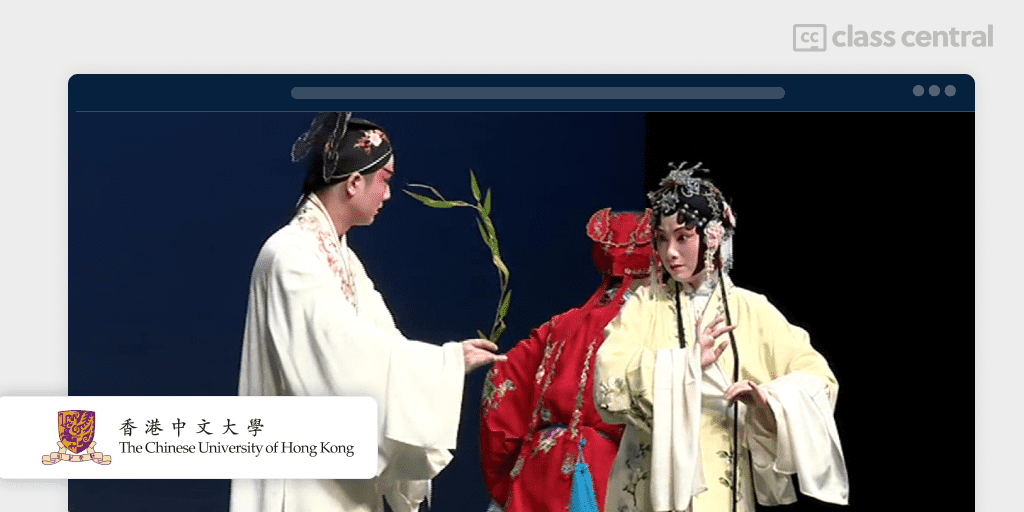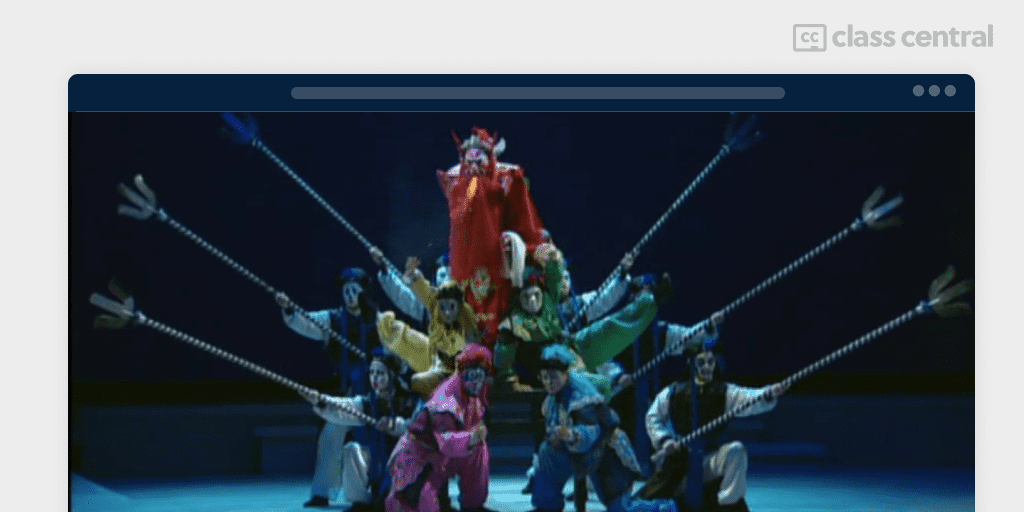The Beauty of Kunqu Opera – An Appreciation
This is a review of The Chinese University of Hong Kong’s free-to-audit course: The Beauty of Kungu Opera.

A few months ago, I knew nothing about Kunqu Opera, except that it was a form of Chinese Opera, that it was on UNESCO’s list of intangible cultural heritage practices, and that it was awfully loud.
Fortunately, I came across an article on the Canadian Architect website that showcased the opening of a unique performance venue in Hong Kong specifically designed for classic Chinese Opera. The magnificent building, with its elaborate architectural design, was a reinvention to celebrate this heritage vivid art form. I was intrigued by it.
As a Chinese Canadian, the significance of Chinese Opera resonated in this article, becoming an aspiration to learn more about my own culture, which led me to the doorstep of The Beauty of Kunqu Opera, a course by The Chinese University of Hong Kong offered through Coursera. The rest, they say, is history.
About the course
The Beauty of Kunqu Opera is an introductory course that focuses on multiple aspects of this classical Chinese performing art. The lectures provide students with the historical and cultural background, literary aesthetics, music knowledge, and characteristics of Kunqu performance, an art form that originated in China more than 600 years ago.
The video lectures are easy to follow, given by instructors who are scholars and renowned maestros in the field of Kunqu. There are distinct male and female role types in each opera, and each role has its own characteristics in movement, stance, dialogue, and voice, such as that of a commanding general or a delicate young lady.

The part of the lecture that I enjoyed the most was when the maestro gave a technical demonstration of his or her role type to enhance what had been discussed, bringing to life the highly disciplined dramatization of a fierce stance or bashful flirtation. This was often awe-inspiring and met with a round of applause in the lecture hall.

The lectures also included excerpts and analysis of several Kunqu masterpieces, none of which I was familiar with. However, through the course, I came to appreciate the artistry of their creation. I look forward to attending “The Peony Pavilion” performance, now added to my bucket list, and enjoying it with an open mind.
Conclusion
My personal goal from this course is not to be crafted for a role in a Kunqu Opera, but to have an understanding of the fundamentals. I have learned to appreciate the integrated complexity of grace, strength, and discipline required to exemplify the aesthetic values, the vivid beauty that is Kunqu – a part of my heritage culture. For that, I have achieved my goal.
(To the Maestros, thank you for the knowledge. Xiè Xie!)






